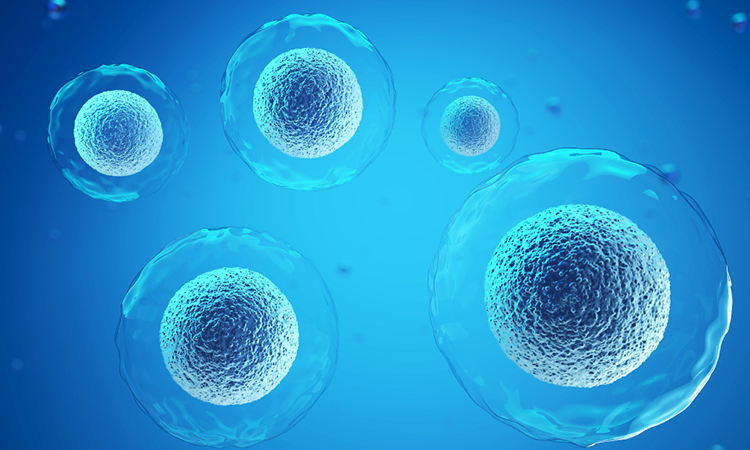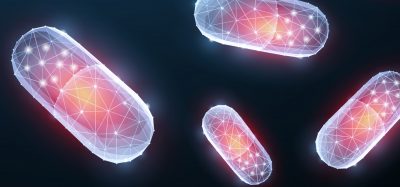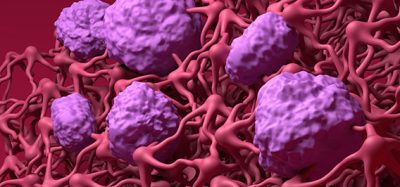Modified neural stem cells for spinal cord injury
Posted: 22 August 2023 | Drug Target Review | No comments yet
Using genetically modified human neural stem cells (hNSCs), researchers demonstrated that targeted manipulation of a specific gene expression within hNSCs can facilitate the restoration of damaged neural circuits and recovery of locomotor functions.

A breakthrough in spinal cord injury treatment has been achieved by a joint research effort from City University of Hong Kong (CityU) and The University of Hong Kong (HKU), you can find the research published here. Using genetically modified human neural stem cells (hNSCs), the team demonstrated that targeted manipulation of a specific gene expression within hNSCs can facilitate the restoration of damaged neural circuits and recovery of locomotor functions. This holds promising implications for novel therapeutic interventions for spinal cord injury patients.
Spinal cord injuries, often arising from accidents like falls, car collisions, or sports-related incidents, have devastating effects. Key spinal neurons with extended axons play a pivotal role in transmitting signals between the brain and the body, governing movement and sensory perception. However, such injuries result in irreversible harm to neurons and axons, severely disrupting signal transmission and causing impaired movement and sensory functions.
Currently, there are no effective clinical treatments for spinal cord injury, leading to lifelong disabilities for patients. While attempts at spinal cord regeneration via transplantation of hNSCs derived from human induced pluripotent stem cells have shown progress, the outcomes remain limited due to challenges like astroglial scar formation and lack of neurotrophic factors in the injury site environment.
Addressing these issues, the research team focused on the gene SOX9, highly expressed at injury sites, which contributes to the formation of glial scars and hampers neuronal survival and differentiation. By genetically modifying transplanted neural stem cells to exhibit a fifty percent reduction in SOX9, the team achieved significant results.
The modified hNSCs with reduced SOX9 expression exhibited robust neuronal differentiation and maturation after transplantation in the hostile injury environment. This led to faster reconstruction of neural circuits in the spinal cord and reduced accumulation of glial scars. Furthermore, a substantial number of axons extended more than thirty-five millimetres at three months post-graft, indicating superior outcomes compared to non-modified neural stem cells.
To evaluate the therapeutic impact, severe spinal cord injury rat models were employed. Rats receiving grafts of SOX9 gene-modified hNSCs showed improved limb coordination and gait recovery, placing their affected hind paws more accurately on grids and exhibiting better paw position and toe movement during walking.
The research findings open a new avenue for spinal cord repair by genetically modifying grafts to better withstand the detrimental post-injury environment. This approach, particularly using patient-specific human-induced pluripotent stem cell-derived hNSCs, not only circumvents ethical concerns but also minimises immune rejection risks, providing a more effective autologous stem cell therapy for severe spinal cord injuries. Professor Jessica Liu Aijia emphasised that this advancement represents a significant stride towards repairing damaged spinal cords and offering new hope to patients.
Related topics
Gene Therapy, Neurons, Targets
Related organisations
The University of Hong Kong (HKU), University of Hong Kong (CityU)







